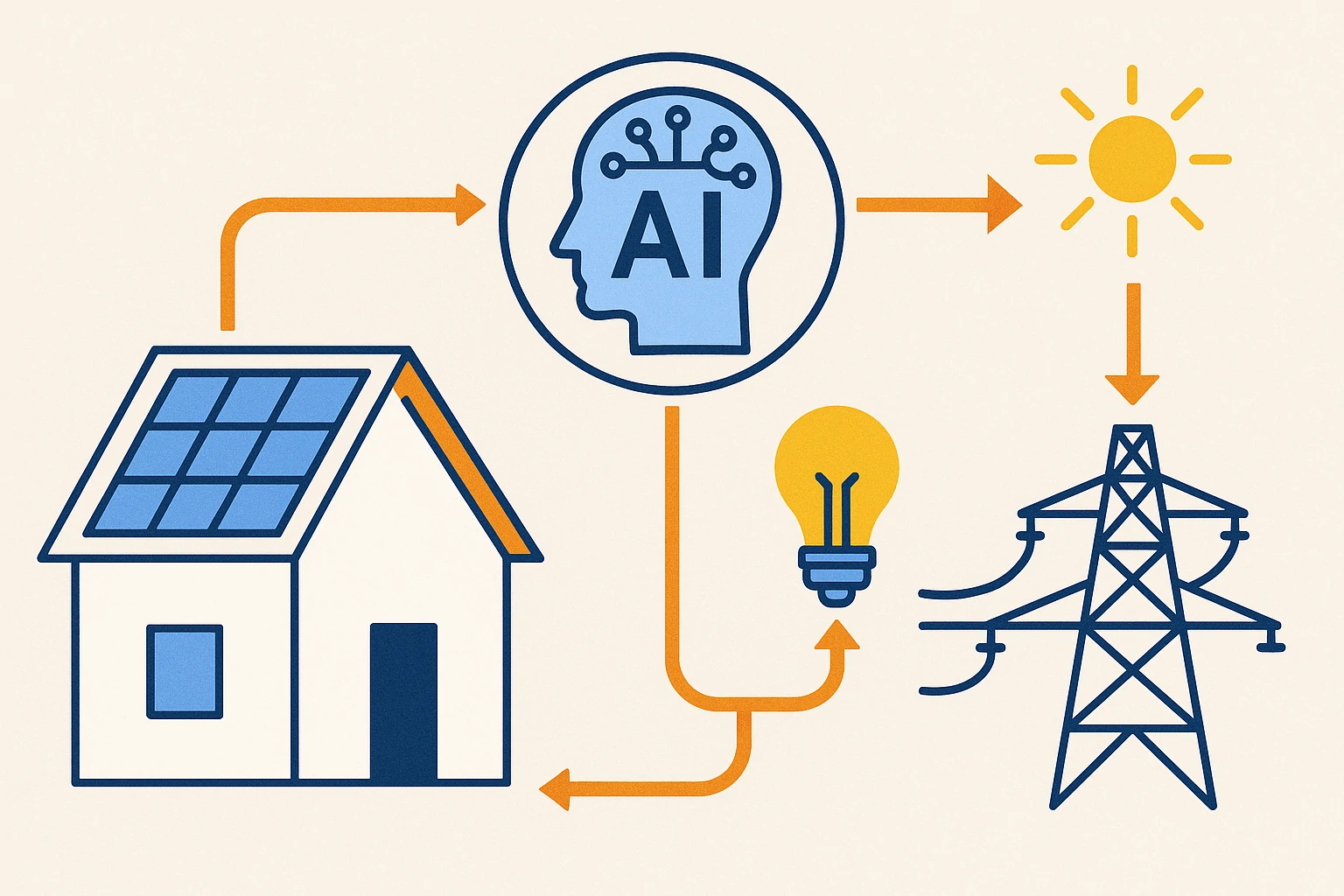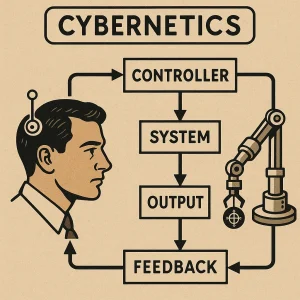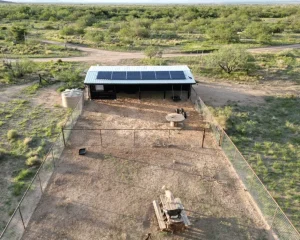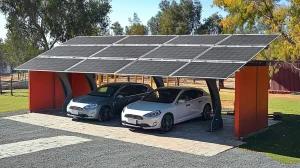The ubiquitous presence of Artificial Intelligence (AI) across various technological domains has naturally led many to ponder its potential impact on established systems, including home solar installations. While AI currently demonstrates remarkable capabilities in processing and generating digital content—such as text, audio, and images—its maturity in directly operating and optimizing real-world physical devices remains a subject of considerable discussion. This article explores the current intersection of AI and home solar technology, examining whether AI offers genuinely transformative advantages or if its integration is, for the time being, more aspirational than practical.
AI’s Current Capabilities and Limitations in Physical Systems
At its core, AI excels at identifying complex patterns within vast datasets and executing sophisticated algorithms based on these patterns. This makes it incredibly powerful for applications in fields like natural language processing, computer vision, and predictive analytics. However, the leap from manipulating digital information to precisely controlling and enhancing physical hardware presents distinct challenges. Real-world devices, particularly those involved in energy generation and management, operate under stringent physical laws and are subject to immediate, tangible consequences for operational inaccuracies. The nuanced control required for electromechanical systems often demands a level of deterministic precision and real-time responsiveness that current AI paradigms, while advancing rapidly, are still developing.
Solar Photovoltaic Modules: A Realm of Fundamental Physics
Considering the core component of any home solar system, the photovoltaic (PV) module, it becomes evident that AI holds limited direct influence over its primary function. The efficiency of a solar panel—its ability to convert sunlight into electricity—is fundamentally governed by the material science, semiconductor physics, and engineering design of the panel itself. Factors like silicon purity, cell structure, and anti-reflective coatings are critical determinants of conversion rate. AI, no matter how advanced, cannot alter these inherent physical properties or magically increase the amount of sunlight a panel can absorb or convert. Its role in this specific area would be tangential at best, perhaps in predicting optimal cleaning schedules or identifying physical defects, rather than enhancing energy conversion at a molecular level.
Inverters and Energy Storage: The Domain of Cybernetics
The more plausible areas for AI integration within a home solar system lie with the inverters and energy storage units. Inverters are crucial for converting the direct current (DC) electricity generated by solar panels into alternating current (AC) suitable for household1 use or grid export. Energy storage systems, typically batteries, manage the flow of electricity, storing excess generation for later use.
However, the design and operation of these devices are already sophisticated, relying heavily on principles of cybernetics and advanced control theory. These established engineering disciplines provide robust, stable, and highly efficient mechanisms for managing power flows, optimizing charging and discharging cycles, and ensuring grid synchronization. Existing cybernetic control systems are specifically engineered for the precise and real-time manipulation of electronic devices, offering unparalleled stability, reliability, and cost-effectiveness. The intricate dance of voltage regulation, frequency synchronization, and power factor correction is already expertly managed by dedicated hardware and firmware rooted in decades of control system optimization. Introducing AI into these well-honed systems would necessitate proving a clear and substantial advantage over these mature and highly optimized conventional methods.
The Practicalities and Costs of AI Deployment
Beyond technical feasibility, the practicalities and economic implications of deploying AI for home solar systems present significant hurdles.
- Hardware Overhead: AI operations, particularly those involving complex algorithms or machine learning models, demand substantial computational power. Local deployment of such AI on a home solar system would necessitate high-performance processors, significant memory, and robust cooling solutions. The electricity consumed by such dedicated hardware could potentially exceed the energy generated by the photovoltaic modules, negating the very purpose of a sustainable energy system. This paradox highlights a fundamental economic inefficiency.
- Connectivity Dependency: Alternatively, leveraging cloud-based AI services through Application Programming Interfaces (APIs) introduces a reliance on continuous internet connectivity. A home solar system designed for energy independence would paradoxically become dependent on external network infrastructure. Any interruption in internet service would render the AI’s functionalities inoperable, undermining the system’s resilience and autonomy. Furthermore, data transfer costs and potential latency could also become factors.
- Economic Viability: The substantial hardware investment for local AI deployment, or the recurring costs associated with API calls and data transfer for cloud-based solutions, must be weighed against any marginal efficiency gains. Given the already highly optimized nature of current solar technology, the cost-benefit analysis at present strongly favors conventional control systems. The added complexity and expense of AI integration often fail to justify the incremental improvements, leading to a diminished return on investment for the homeowner.
A Glimmer of Future Potential, But Currently a Gimmick
In conclusion, while the allure of integrating Artificial Intelligence into home solar systems is strong, driven by AI’s remarkable advancements in other sectors, its current practical application in this domain remains limited. AI cannot fundamentally alter the physical processes of photovoltaic conversion, and the control systems for inverters and energy storage are already highly efficient and robustly managed by established cybernetic principles. The significant hardware costs, energy consumption for local deployment, and reliance on external connectivity for cloud-based solutions currently render AI integration more of a theoretical exercise or a marketing gimmick rather than a tangible improvement for the average homeowner.
While future advancements in edge AI, low-power computing, and more specialized AI algorithms might eventually pave the way for genuinely beneficial applications in energy management—perhaps in hyper-personalized energy consumption patterns or predictive maintenance for large-scale grids—for the current residential solar landscape, the existing technologies offer superior stability, efficiency, and cost-effectiveness. Homeowners seeking optimal solar performance are better served by focusing on high-quality components, professional installation, and well-understood energy management strategies, rather than investing in AI solutions that are, for now, not yet mature enough to deliver significant value.








